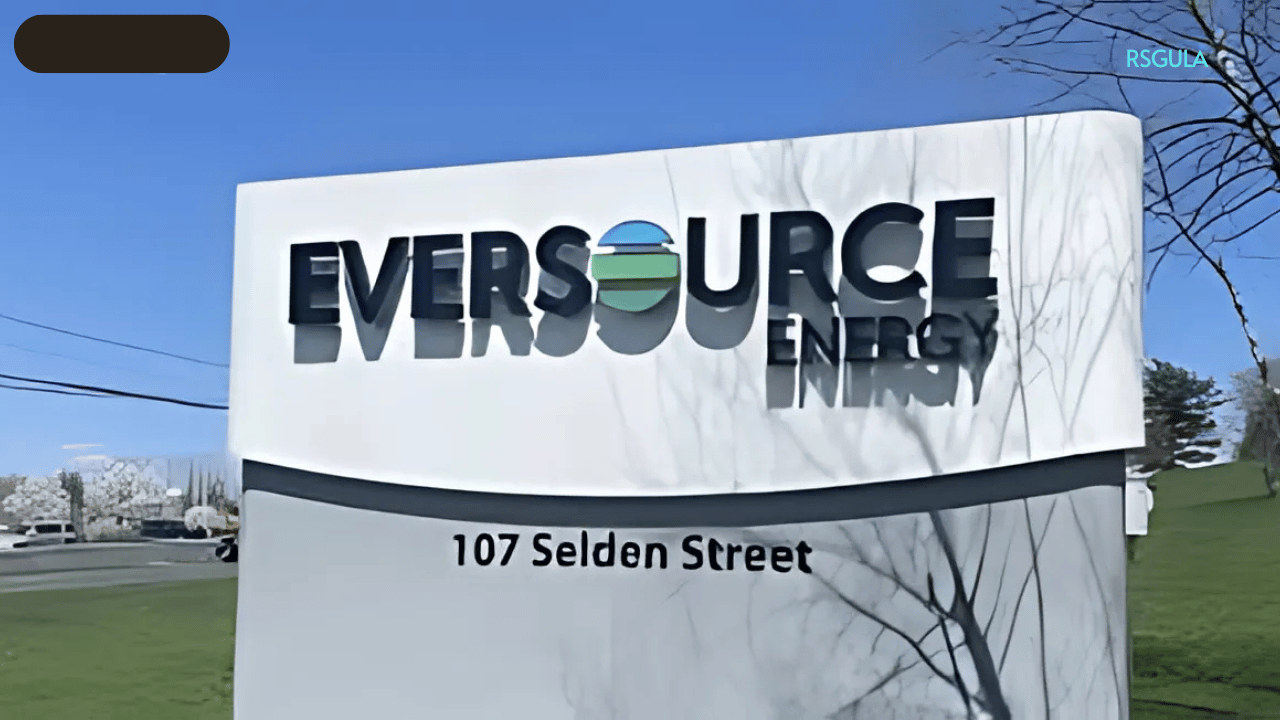Company Overview
Eversource Energy (NYSE: ES) is a prominent player in the electric, gas, and water transmission and distribution (T&D) sector, offering diversified utility services. As a pure-play T&D operator, Eversource provides essential infrastructure, giving the company stability and predictable earnings. However, recent project delays and regulatory challenges have prompted a reassessment of its near-term outlook.
Recent Developments
Revolution Wind Project Delay
One of the most significant recent developments for Eversource is the delay of its Revolution Wind project, a joint venture with Ørsted. The project’s commercial operation date has been moved from 2025 to 2026, directly impacting Eversource’s revenue streams, with an estimated $300 million delay in revenue recognition. Despite this, long-term impacts are expected to be minimal, although it may signal challenges in the offshore wind sector.
Asset Sale to Global Infrastructure Partners
In a strategic move, Eversource is selling its 50% stake in South Fork Wind and Revolution Wind projects to Global Infrastructure Partners (GIP) for around $1.1 billion. The transaction, expected to close in Q3 2024, offers a significant cash influx, allowing Eversource to focus on its core T&D operations.
SWOT Analysis of Eversource Energy
Strengths
- Stable, Decoupled Business Model: Eversource operates as a pure-play T&D operator, reducing exposure to commodity price fluctuations and providing more consistent earnings.
- Growing Dividend: The company has demonstrated strong dividend growth, projected to increase from $2.70 per share in 2023 to $3.22 by 2026, appealing to income-focused investors.
- Diversified Utility Operations: With operations spanning electric, gas, and water segments, Eversource benefits from a diversified portfolio that provides stability.
Weaknesses
- Regulatory Challenges: Eversource faces ongoing regulatory hurdles, particularly in Connecticut, which could impact its ability to earn its allowed return on equity or implement necessary rate increases.
- Lack of ESG Sponsorship: The company’s Environmental, Social, and Governance (ESG) strategy is underdeveloped, which could affect its market position as investors increasingly focus on sustainability metrics.
- Project Delays: As seen with the Revolution Wind project, Eversource is susceptible to delays and execution risks in large-scale infrastructure projects.
Opportunities
- Renewable Energy Transition: The growing demand for T&D infrastructure driven by the renewable energy transition and electrification creates ample opportunities for Eversource to expand its infrastructure and enhance service reliability.
- Grid Modernization & Resilience: As extreme weather events increase, there’s a rising emphasis on grid resilience, presenting opportunities for Eversource to invest in grid hardening and modernization, potentially increasing its rate base.
- Asset Monetization: The sale of offshore wind assets allows Eversource to refocus on its core business, generating cash to support further investments in T&D infrastructure.
Threats
- Regulatory Risks: Prolonged regulatory challenges in Connecticut and other states could hinder growth, increase costs, and damage relationships with state authorities.
- Competition: The utility sector is becoming more competitive, and Eversource may face pressure from both traditional utilities and emerging renewable energy providers.
- Rising Interest Rates: Higher borrowing costs due to interest rate increases could reduce the company’s valuation and negatively impact its capital expenditure plans.
Financial Outlook
Despite recent setbacks, Eversource’s financial outlook remains relatively stable. Analysts forecast earnings per share (EPS) of $4.44 for 2024, with stock targets ranging from $52 to $87 per share, suggesting upside potential. The company’s low beta of 0.61 indicates relatively low volatility compared to the broader market, providing investors with stability in uncertain times.
Additionally, the company’s expected dividend growth continues to make Eversource an attractive option for income investors.
Conclusion
While Eversource faces near-term challenges, particularly with project delays and regulatory uncertainties, its strong dividend growth, strategic asset sales, and focus on T&D operations position the company for long-term stability and growth. Investors should keep an eye on regulatory developments and the evolution of the offshore wind sector, as these could have significant implications for the company’s future performance.





